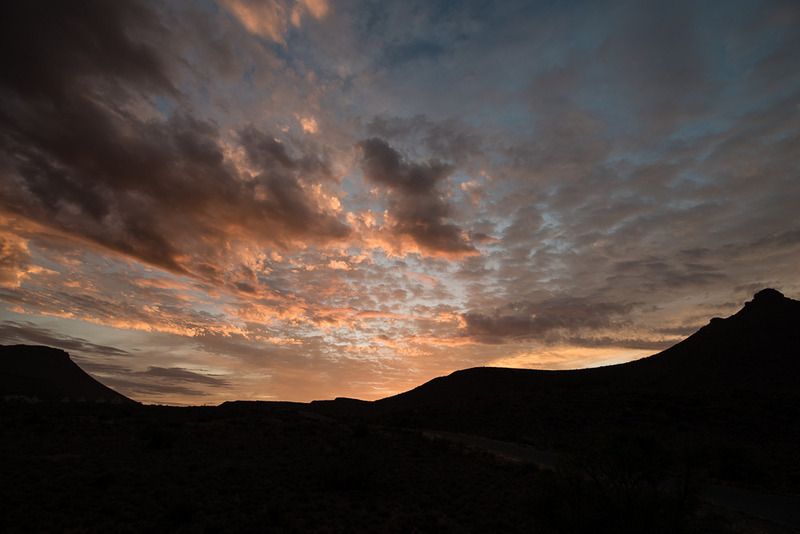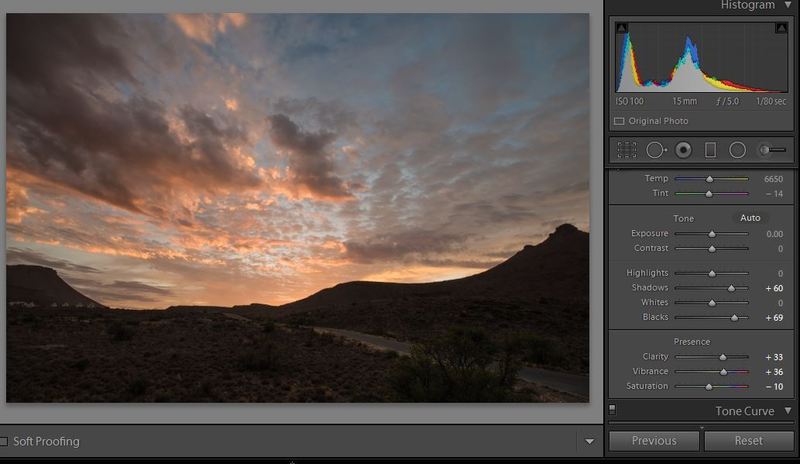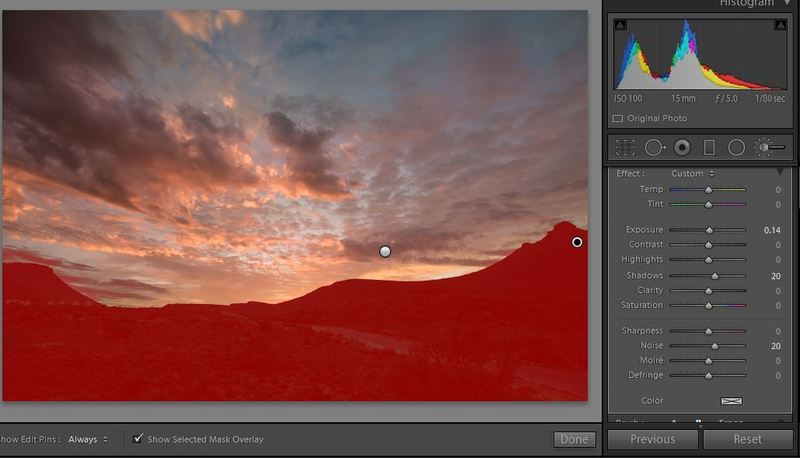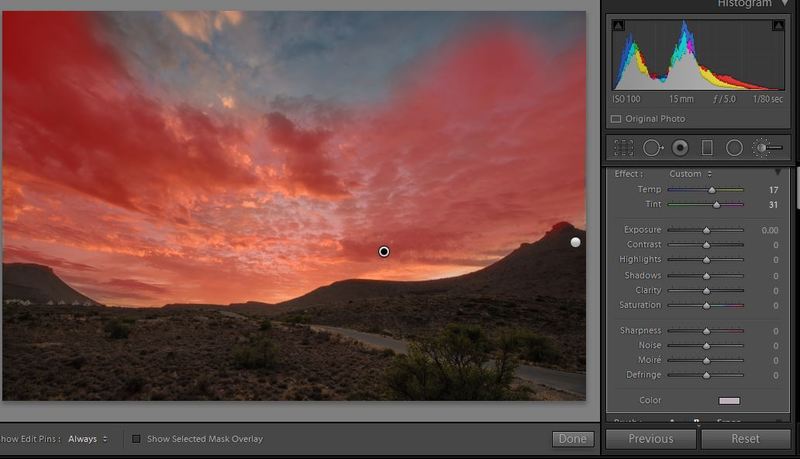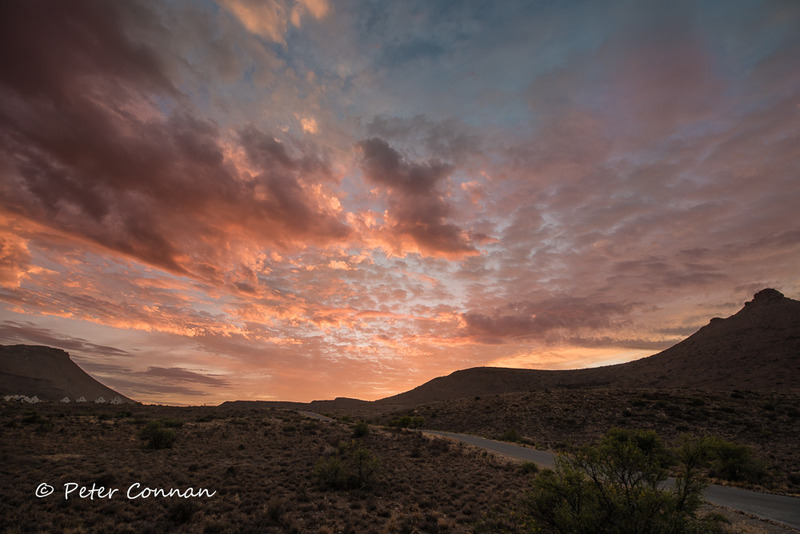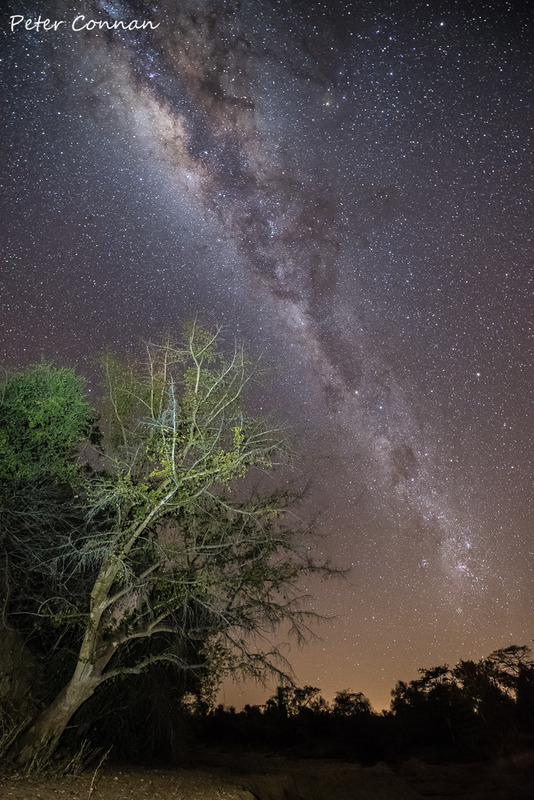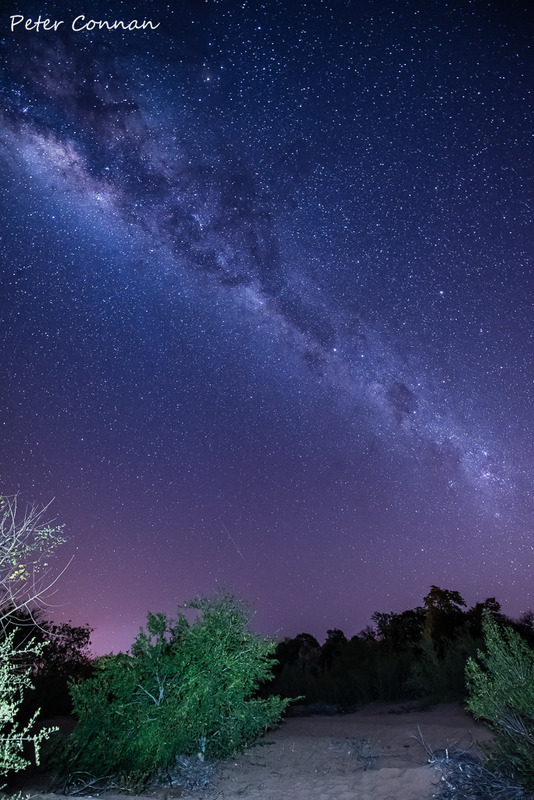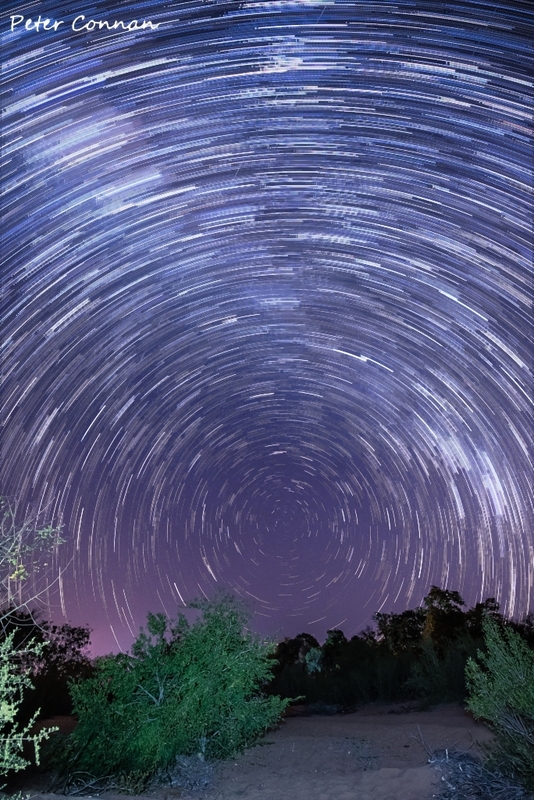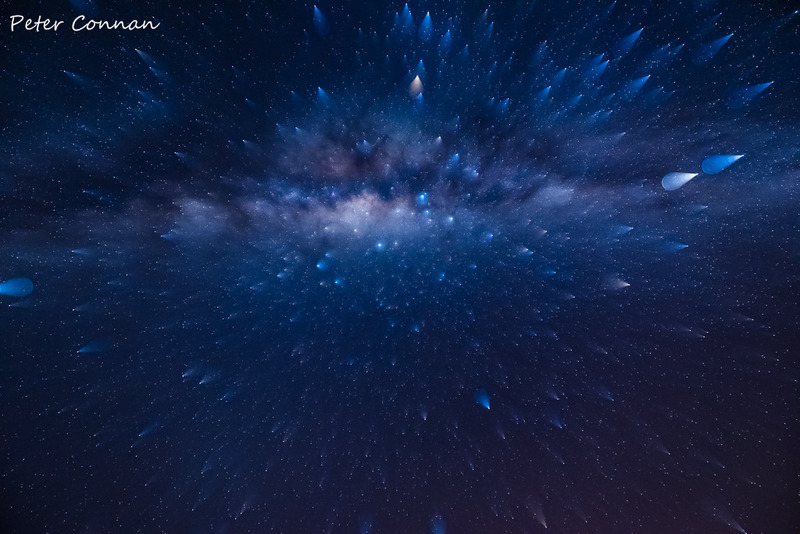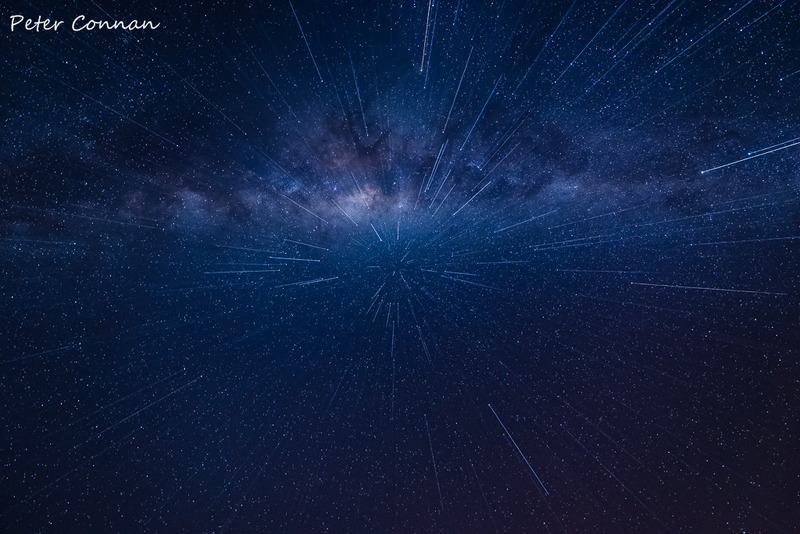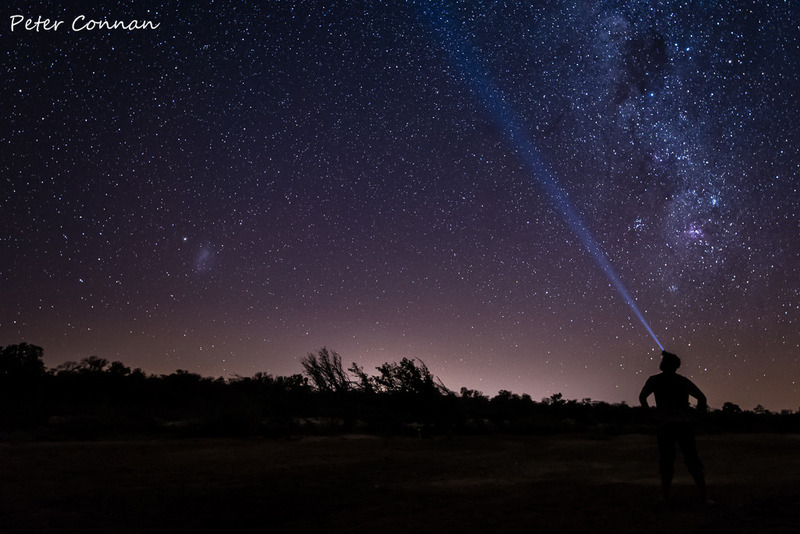Low light, night and Astro photography
Posted: Tue Feb 23, 2016 6:54 am
At the request of ExFmen, this thread is intended to provide some pointers and tips in terms of technique, equipment and PP for early-morning and late-afternoon photos, as well as night star photography. Essentially photography when the sun is below the horizon.
Before I even start, I want to state that in my opinion the most important piece of equipment for all photography under discussion here is a tripod. It is very difficult to do any of this without one.
I will start with sunrise and sunset photos.
The biggest challenge here is that, while the sky is still easily bright enough to photograph, the foreground is very dark, and it is difficult to get detail there.
To get detail in the foreground, there are basically three possible approaches that can be followed. In order of difficulty (and reverse order of effectiveness), these are:
1) Take a single exposure and "lift" the shadows in post-processing:
This is the method I use. Here, the important thing during the photography is to ensure that you have the exposure as light as possible without blowing the bright areas, and to shoot at the camera's base ISO. This allows the most leeway to lift shadows without introducing excessive noise. I use Lightroom5 and lift the shadows with a combination of adjustment brush and graduated filters. Camera age and quality (read price) is important here. The newer full-frame cameras leave a lot more leeway for this type of processing than older or smaller-sensor cameras.
2) Use graduated neutral-density filters while taking the photo: The idea here is to reduce the amount of light from the bright areas hitting the camera's sensor. In many ways, this is perhaps the method delivering the most natural results. The drawbacks are that good filters are expensive (they can cost the same as the difference between a mid-level and a pro-level camera), and they are only suitable for situations with a relatively flat horizon. On the other hand the use of filters can cause running water and blowing clouds to take on beautiful smooth appearance.
3) Shoot a series of photos at different exposures and blend them together. This is called HDR. Many modern cameras have a built-in HDR function, but very few of these give a RAW file output suitable for further editing. Thus the best method is to take a series of shots and post-process them yourself. However, I have never done this as I do not have suitable software. I do know that this method is not really suitable for situations where there are moving objects in the frame.
Before I even start, I want to state that in my opinion the most important piece of equipment for all photography under discussion here is a tripod. It is very difficult to do any of this without one.
I will start with sunrise and sunset photos.
The biggest challenge here is that, while the sky is still easily bright enough to photograph, the foreground is very dark, and it is difficult to get detail there.
To get detail in the foreground, there are basically three possible approaches that can be followed. In order of difficulty (and reverse order of effectiveness), these are:
1) Take a single exposure and "lift" the shadows in post-processing:
This is the method I use. Here, the important thing during the photography is to ensure that you have the exposure as light as possible without blowing the bright areas, and to shoot at the camera's base ISO. This allows the most leeway to lift shadows without introducing excessive noise. I use Lightroom5 and lift the shadows with a combination of adjustment brush and graduated filters. Camera age and quality (read price) is important here. The newer full-frame cameras leave a lot more leeway for this type of processing than older or smaller-sensor cameras.
2) Use graduated neutral-density filters while taking the photo: The idea here is to reduce the amount of light from the bright areas hitting the camera's sensor. In many ways, this is perhaps the method delivering the most natural results. The drawbacks are that good filters are expensive (they can cost the same as the difference between a mid-level and a pro-level camera), and they are only suitable for situations with a relatively flat horizon. On the other hand the use of filters can cause running water and blowing clouds to take on beautiful smooth appearance.
3) Shoot a series of photos at different exposures and blend them together. This is called HDR. Many modern cameras have a built-in HDR function, but very few of these give a RAW file output suitable for further editing. Thus the best method is to take a series of shots and post-process them yourself. However, I have never done this as I do not have suitable software. I do know that this method is not really suitable for situations where there are moving objects in the frame.




